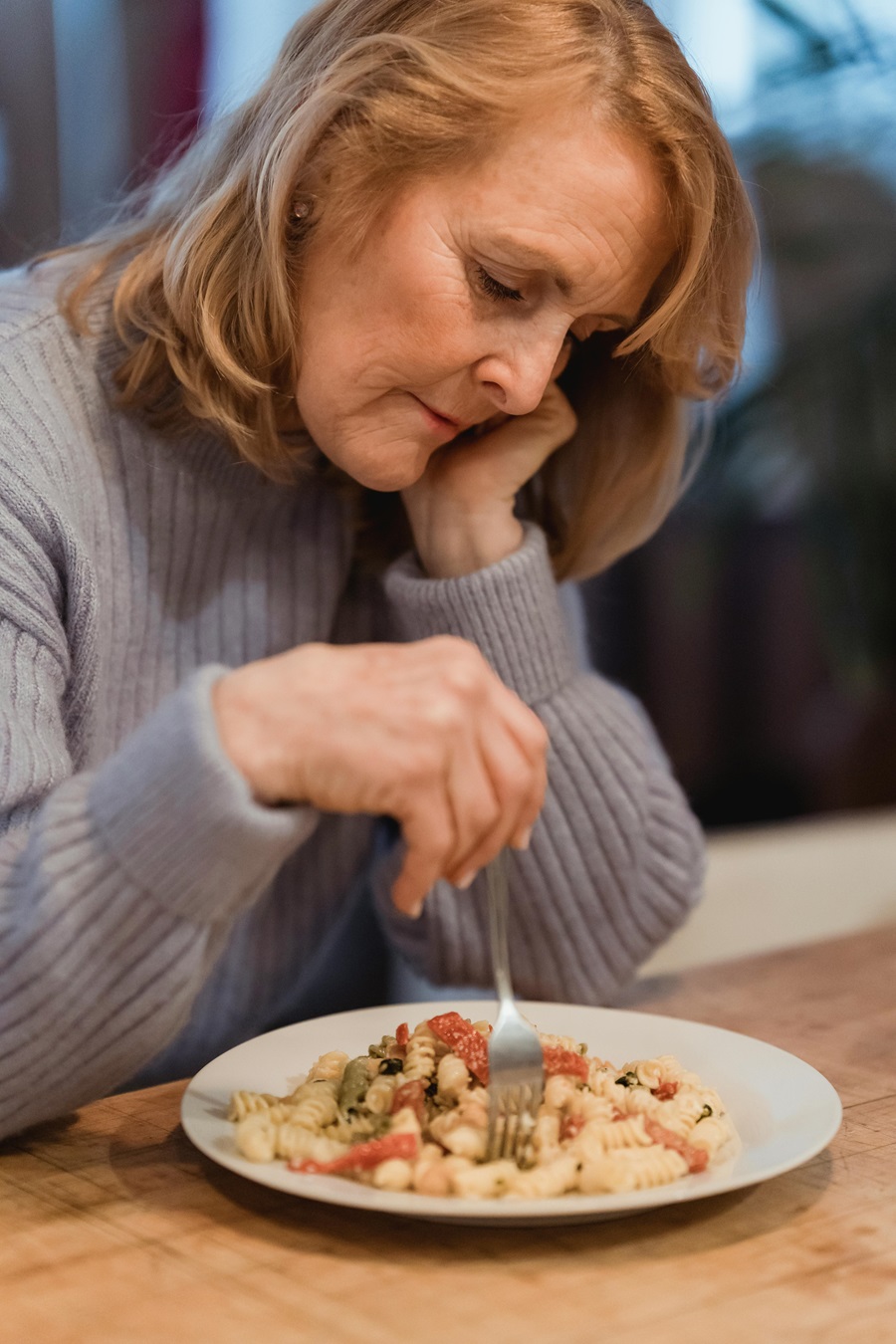How to increase senior’s appetite
It is not uncommon to find seniors who show no appetite or refuse to eat. In these cases, it can be a challenge to get the older adult to eat and meet the days’ nutritional needs.
There are many reasons for the natural decline of appetite as people age. These may include impacts of medication, psychological impacts and diminished senses of taste and smell. Numerous studies have shown that people in their 80s find foods with higher concentrations of sugar and salt more tasty than those in their 30s or 40s. This is all due to not being able to taste and smell food as much as seniors were able to when they were younger.
Despite their wish to have stronger flavouring in their food, it is often not possible to be met due to their chronic illness and overall health. As a result, the older adult will lose joy and satisfaction in the foods they receive.
Sometimes it only takes a few, simple changes to make a big difference.
Therefore, experiment with the 5 tips we give to you to help spark your senior’s appetite again.
1. Keep a regular meal and snack schedule
Having a daily routine and serving food at the same times of the day can help the body to be expecting food at those times. This way, you can eliminate the factor of uncertainty when the elder’s appetite will rise again.
2. Serve smaller portions of high nutrient foods
For some people, it can feel overwhelming to be presented with a large amount of food in front of them. Therefore, serving smaller portions of food on small plates instead of big ones can help them reduce the pressure to eat. You can also try switching the eating routine, where the elder eats 5 small meals instead of 3 larger ones.
Make sure you meet the older adult’s nutritional needs with foods that have healthy calories, such as:
- Avocado
- Meat, cheese, egg
- Olive oil
- Peanut or other nut butters
3. Make eating simple
When eating becomes too complicated, some older adults would not want to eat at all. Therefore, reducing the need for utensils can make eating more fun and easy. Foods you can serve that require no utensils may be:
- Chicken nuggets
- Fish sticks
- Steamed vegetables, or chopped up cucumbers
- Meatballs
You can also consider serving foods that require less chewing, including:
- Soups with pureed meats, veggies and oil
- Smoothies with fruits, nuts and yoghurt
- Full-fat milk
- Hot cocoa
4. Have snacks on hand
Some people prefer having snacks throughout the day rather than having full meals. Therefore, keep plenty of healthy, delicious, easy-to-eat snacks available so the senior is choosing from nutritious options. These may be:
- Cheese sticks
- Diced fruit
- Full-fat yoghurt
- Cheese and crackers
- Cottage cheese
5. Keep track of what works
Write down notes on what foods the elder enjoys or doesn’t, any reactions they displayed both physically and emotionally. What time works best for their meals? When are they willing to eat? Are there any triggers that should be avoided?
Keeping track of these signs lets you experiment more with things that work best for your elder, being able to better assist their healthy lifestyle.
We encourage you to not give up, be creative and keep trying new ideas. With patience and persistence, you will find a way that works best for your loved elder.
If you would like further assistance in enriching your older adult’s life, please contact us. Living Waters Aged Care provides compassionate care for all our seniors.

